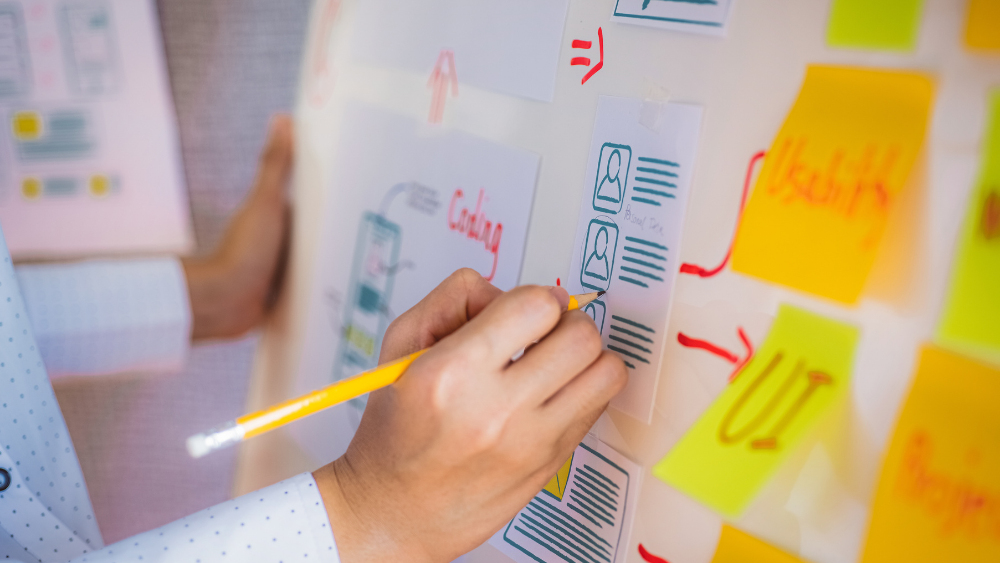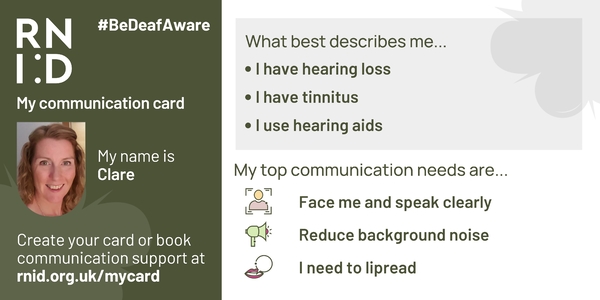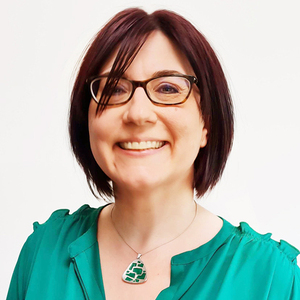Insights
INSIGHTS
All Topics
My Account
Putting the user-first with content design
17 Jan 2022by Denise Atkins
We discuss how charities can put their users first in terms of content creation, design, and production
For the uninitiated, ‘content design’ probably sounds like something you’d learn on a graphic design course. It might conjure thoughts of font selection or the rule of thirds.
Those considerations have their place, but true ‘content design’ begins long before your words reach a graphic designer’s desk.
Why content design matters
Content design means putting the user first.
Many charities offer vital services and share information in the public interest. Access to these must come with as few barriers as possible for the user. This is especially true when you’re working with people who may be vulnerable or marginalised.
Faced with exactly this challenge, the Government Digital Service (GDS) redesigned the UK government website from the ground up. They brought together almost 2,000 separate websites to create a world leading digital resource.
In the process, they pioneered a whole new design discipline.
Getting to know your users
Most charities have some idea about their user segments, with different messaging for each. In content design this goes much further.
It begins with a discovery phase, where your aim is to fully understand your audience and the problem they need to solve. Do not assume you know what people need – they may not even know themselves.
Listen to people with lived experience, or the front-line experts who understand them best, to discover the problems they encounter most. You might look up the most popular Google searches on your topic. Read forums where your users hang out and pay attention to what they have to say. Research from other organisations can help here too.
By spotting which questions and topics crop up repeatedly, you can create your prioritised list of content needs.
Creating user stories
Once you understand your users’ questions and motivations, you can define your user stories. User stories help you to focus on what the audience needs to achieve. Here’s one example of a user story from Content Design by Sarah Richards, who pioneered the work at GDS.
As someone who writes for the web,
I want to learn what content design is, and how to start doing it,
So that I can communicate in the most user-centred and efficient way for my audience
Once you have your user story, this is your bible. You’ll keep this in mind while you create the content. Crucially, it tells you what to do but not how to do it. With this in place you can consider what content you need to solve the problem at hand.
Content creation
Your content may be some well-chosen words on a page, but the content design process might reveal that another type of content is more helpful to the user.
- Consider whether a picture, diagram, chart, or map can do the job better. (Being careful to make the necessary provisions for accessibility)
- Is your message communicated more easily with video, audio, or even something for the user to print?
- Can you build a calendar, calculator, or other interactive tool? Something that cuts through the complexity and takes the user straight to the information they need
Here are a couple of examples of great charity content design that meets user needs brilliantly, but very simply.
RNID: Simple visual tool aids communication
RNID is asked regularly for advice on communicating with deaf people, and those with hearing loss or tinnitus. The pandemic added more communication barriers thanks to masks, Perspex screens, and social distancing. RNID could simply have published some wordy, ‘one-size-fits-all’ advice on communication. Instead, they recognised the many and varied needs of their users, whether they are deaf, have hearing loss, or tinnitus.
They came up with a simple and effective tool: the RNID Digital Communication Card. People can complete the card with specific information on their personal communication needs. It’s entirely bespoke, but sufficiently official-looking to use anywhere. You can see an example below.
One user commented: “I used mine the other day at the polling station and the volunteers there were amazing. They took their face masks down so I could lip read and were very patient and kind.”
Read more in this Charity Comms case study.
Read Easy: Reaching people who struggle with reading
Read Easy helps adults to learn to read, so their new website needed to be accessible to the millions of adults who have difficulty reading. Without understanding their users, they might have relied on people using screen readers to find the information they need among pages of text.
But the evidence showed that screen readers are not common among this audience. More often, they have yet to fully ‘own’ their problem and may hide their situation from friends, family, and colleagues.
For these users, they designed the new site around clear icons, audio, and video clips. This is more accessible and far more welcoming than the robotic voice of a screen reader. Phone icons feature prominently on every page, inviting people to pick up the phone to find out more. Read more in the IE Digital case study.
An iterative approach
When your new content is live, the content design process isn’t over. Looking at user data and feedback – to understand when your content is working or not – is all part of the process. Simple feedback boxes asking “Is this page useful” now appear across GOV.UK and other sites. Beta testing content with real users is part of the ongoing cycle of improvement.
Implementing a content design approach
Content design is a huge topic, which we’ve only scratched the surface of here. It can also require a significant cultural shift to embrace this approach. This extract from Sarah Richards’ book talks about implementation within organisations. And the book itself is well worth a read if this article has piqued your interest.
More on this topic
Recommended Products
Our Events
Charity Digital Academy
Our courses aim, in just three hours, to enhance soft skills and hard skills, boost your knowledge of finance and artificial intelligence, and supercharge your digital capabilities. Check out some of the incredible options by clicking here.
















